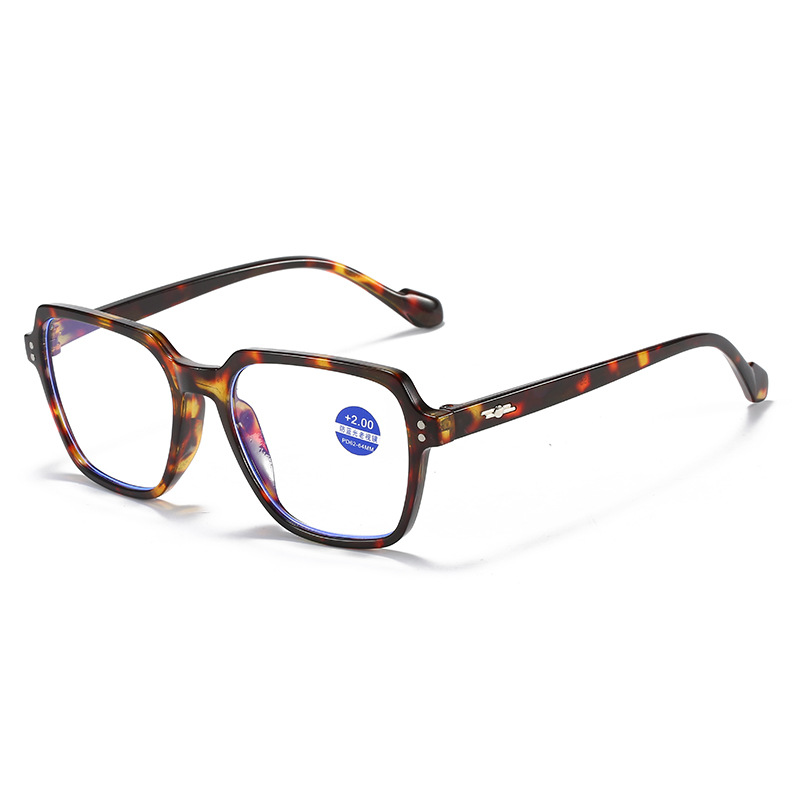
Many owners treat their reading glasses like a liked key-ring: once they fit, they stay—scratched, bent, or missing a screw—until they literally fall apart. Yet wearing outdated lenses can do more than blur your crossword; it can quietly reignite eye strain, headaches, and even neck pain. So when should you replace them? The answer is less about calendar pages than about signals your eyes, frames, and lifestyle keep sending.
To begin with, track your prescription. Ophthalmologists agree that presbyopia changes many rapidly between ages 45 and 55, then slows after 60. As a rule of thumb, schedule a full exam every two years—sooner if you notice you’re holding menus farther away or squinting at pill bottles again. If your optometrist increases your add power by more than +0.25 diopters, new lenses are non-negotiable. A mismatch of even half a diopter forces the ciliary muscles to overwork, undoing the very relief the glasses were meant to provide.
Next, inspect the optics. Micro-scratches scatter light and reduce contrast, especially under LED bulbs or bright screens. Hold your lenses up to a window; if the glare looks like frosted glass, the anti-reflective coating is shot. Ditto for yellowing plastics or peeling tint. These flaws can cut visual acuity by 10 %, enough to make you lean closer and invite neck strain. A 2022 study in Contact Lens & Anterior Eye found that volunteers using scratched lenses reported 30 % more headaches after a 90-minute reading task than those with pristine lenses.

Then, examine the frames. Spring hinges lose tension over time; if your glasses slide down your nose every time you look down, you’re constantly lifting them—a repetitive motion that irritates the trigeminal nerve and triggers frontal headaches. Nose pads harden and yellow, redistributing weight unevenly and causing dents that impede circulation. Temple tips that once curved gently behind your ears can straighten, creating pressure points. The fix may be as simple as a $10 tune-up at an optical shop, but if the metal is fatigued or the acetate cracked, replacement is wiser.
Lifestyle changes also reset the clock. Upgraded to a larger monitor? You may need a weaker add for the longer viewing distance. Started using e-readers at night? Blue-light-filtering lenses could reduce glare more effectively than the two-year-old pair you bought for paperbacks. Even switching from printed sheet music to tablets on a music stand alters focal distance and lighting demands.
Finally, listen to your body. If you remove your glasses and feel instant relief, the prescription is likely too strong. If you still squint with them on, it is too weak. Red eyes, dryness, or midday fatigue after only short reading spells are subtler cues. Track these symptoms for one week in a phone note; patterns will emerge faster than you expect.
Budget-minded shoppers can keep costs low by reusing frames and swapping lenses—many online labs charge under $30 for single-vision upgrades. Eco-conscious consumers can donate old pairs to Lions Clubs or local shelters, where +1.50 readers are gold for aging artisans.
In short, replace reading glasses when your prescription changes by more than a quarter diopter, when coatings or frames degrade beyond minor repair, or when life shifts your visual demands. Your eyes age in dog years; treat them to fresh lenses before the aches start barking.

Harmony Eyewear founded in 1998, a global leading sunglasses factory, mainly supplies sports sunglasses, fashion sunglasses, reading glasses, optical frames, safety goggles, safety face shields. We are professional Wholesale Glasses Frames Manufacturers.
Copyright © Harmony Eyewear Co., Ltd. Login
LoginBlock 3, Banyang Industrial Zone, Dafen, Duqiao Town, Linhai City, China.
Phone: +86-15868686818
E-mail: hw@meisuneyewear.com
